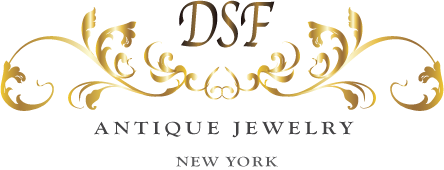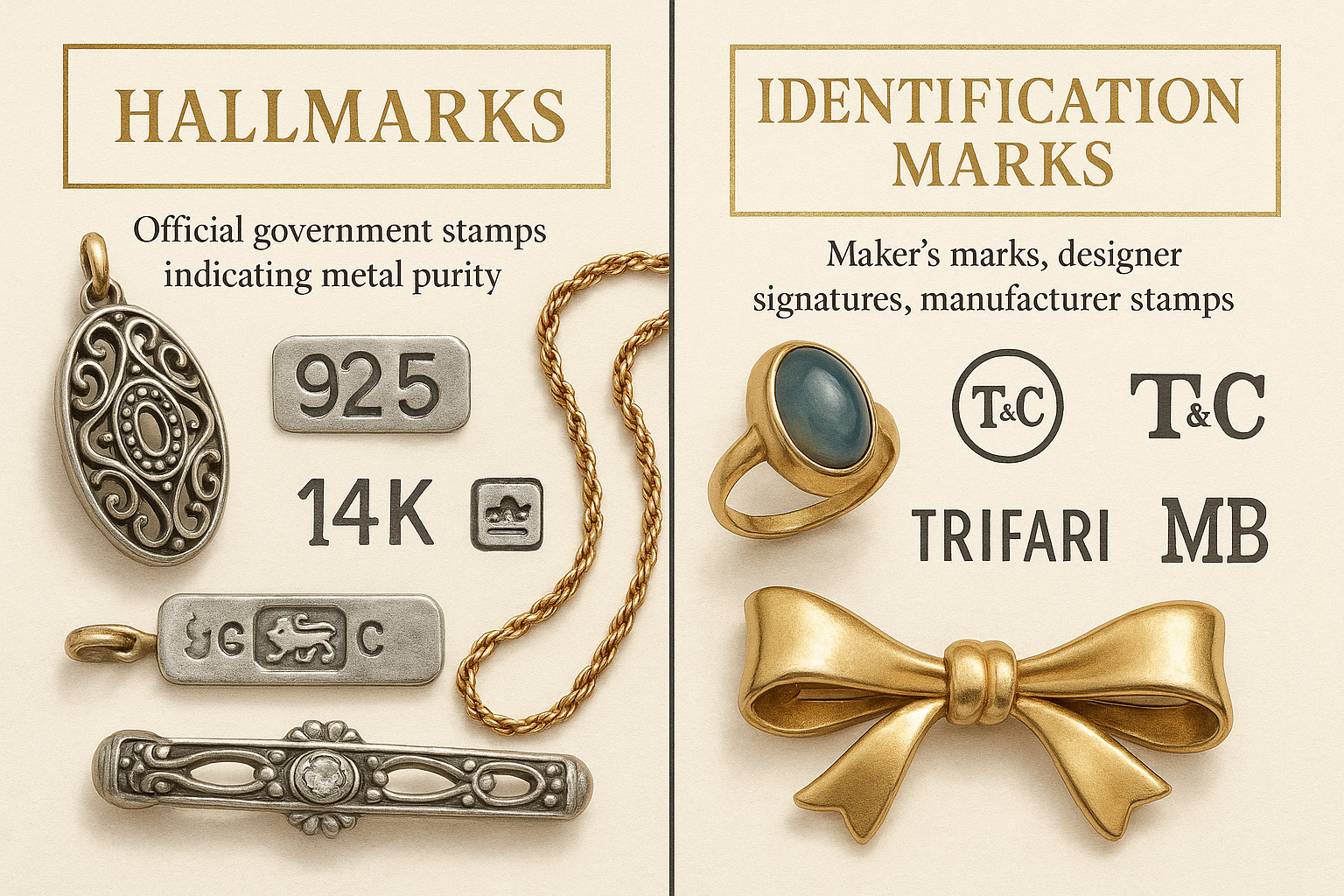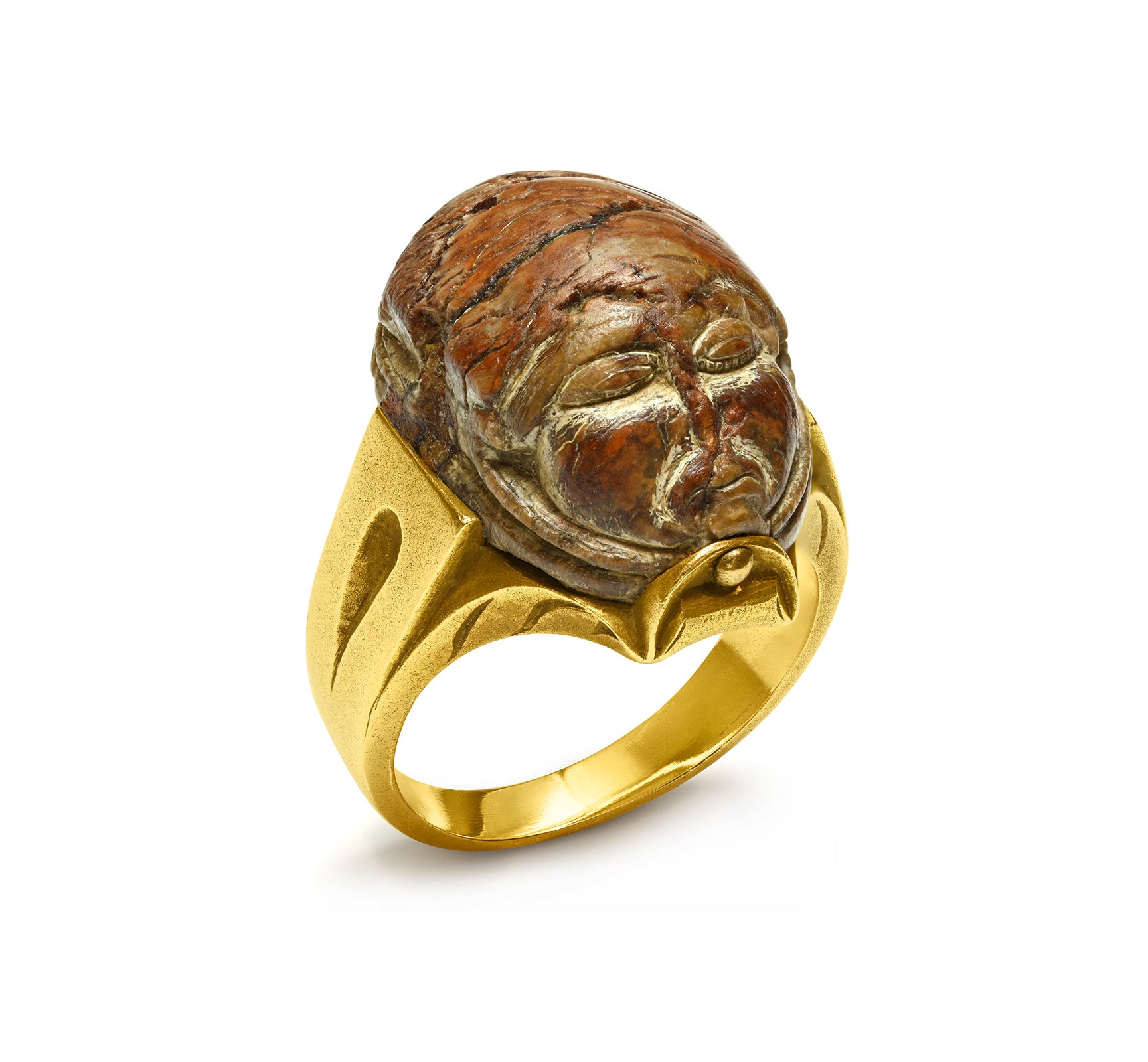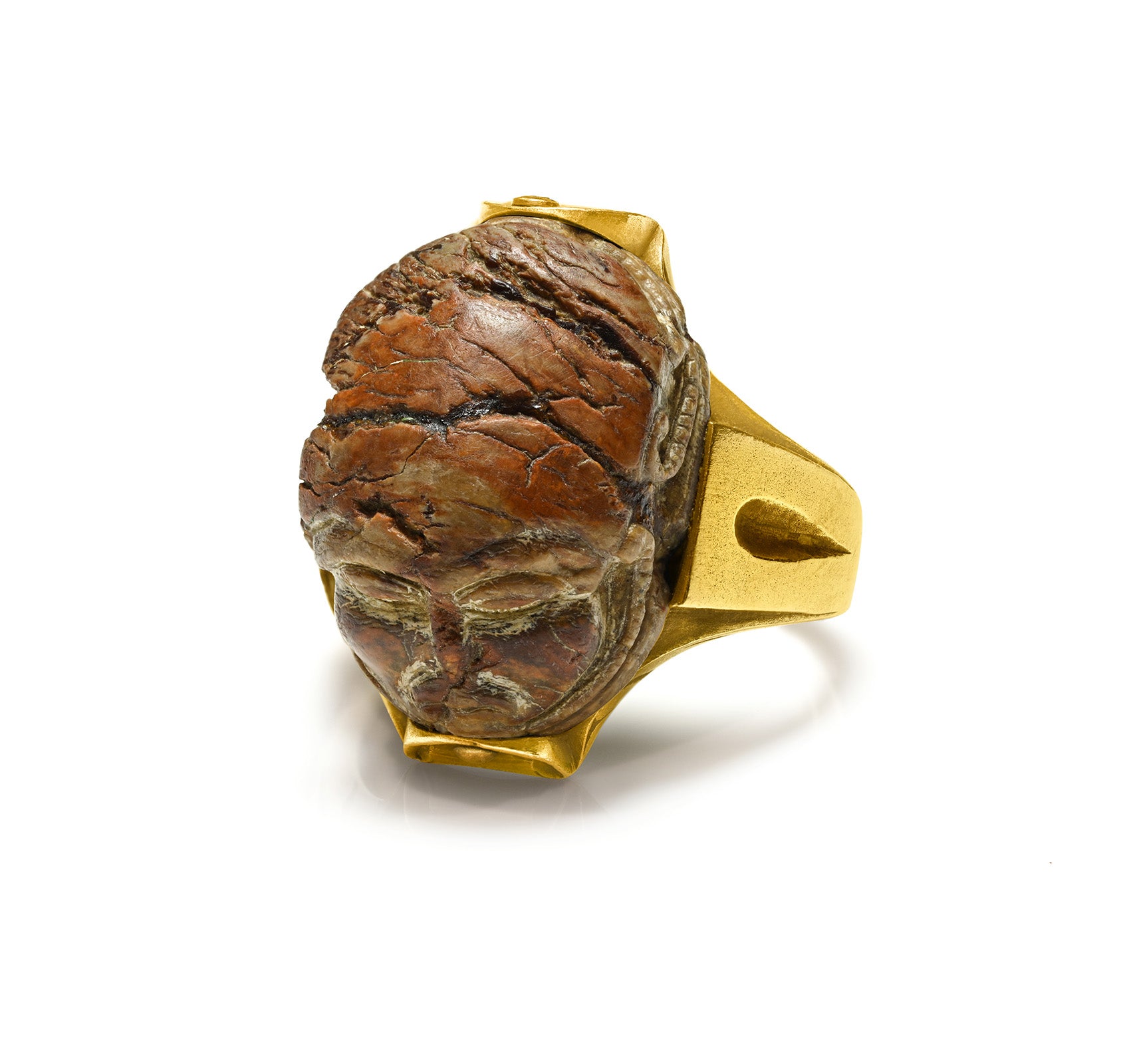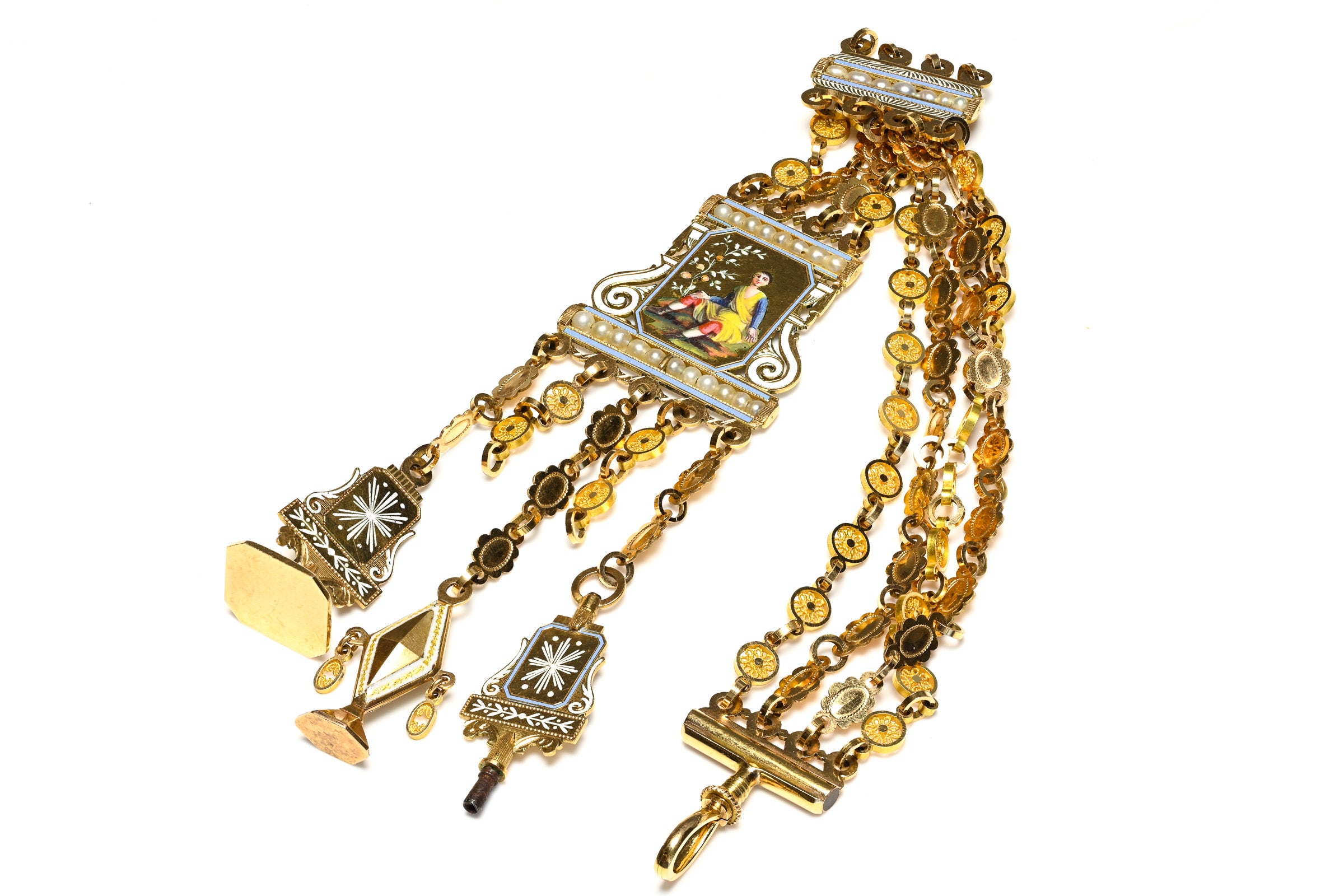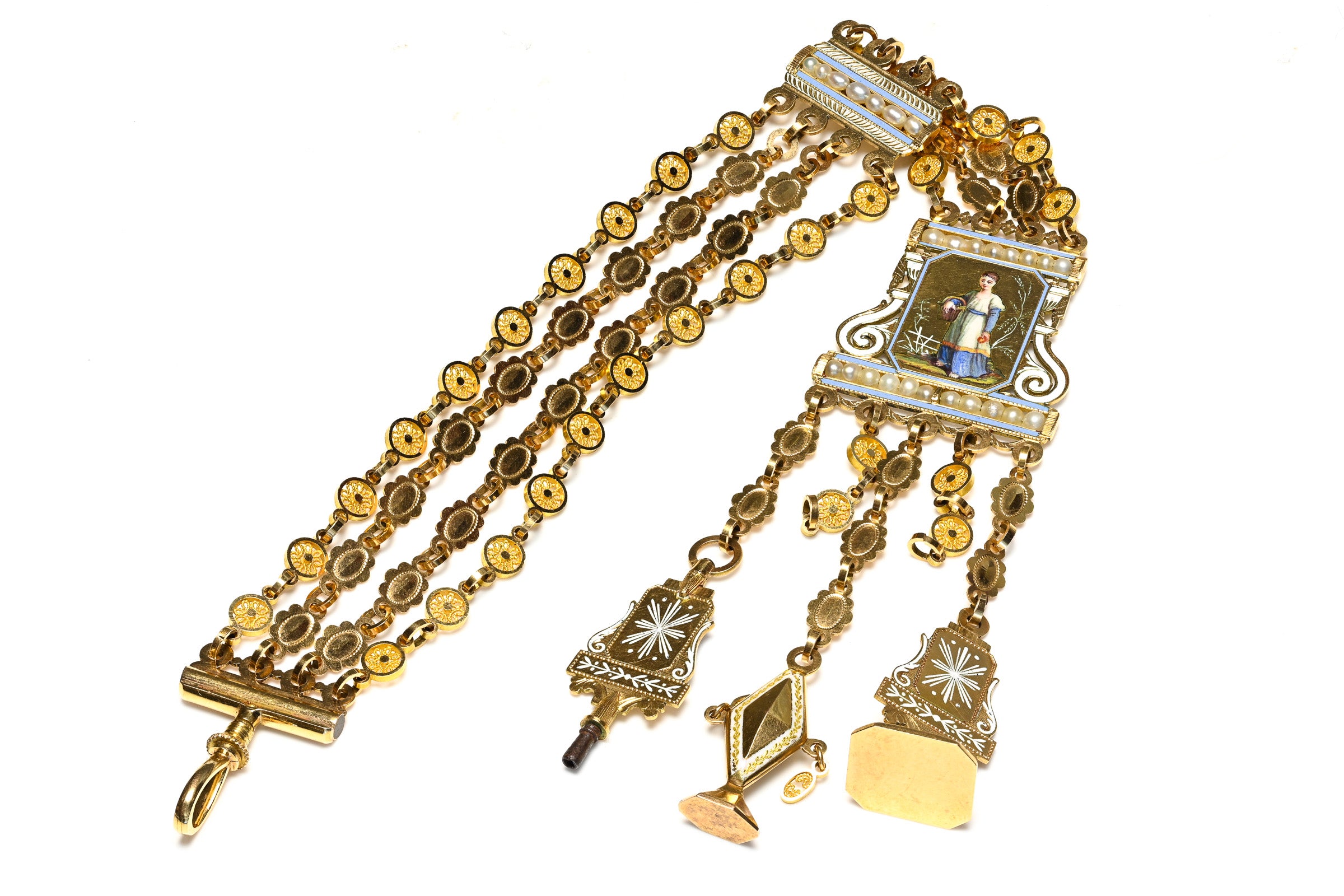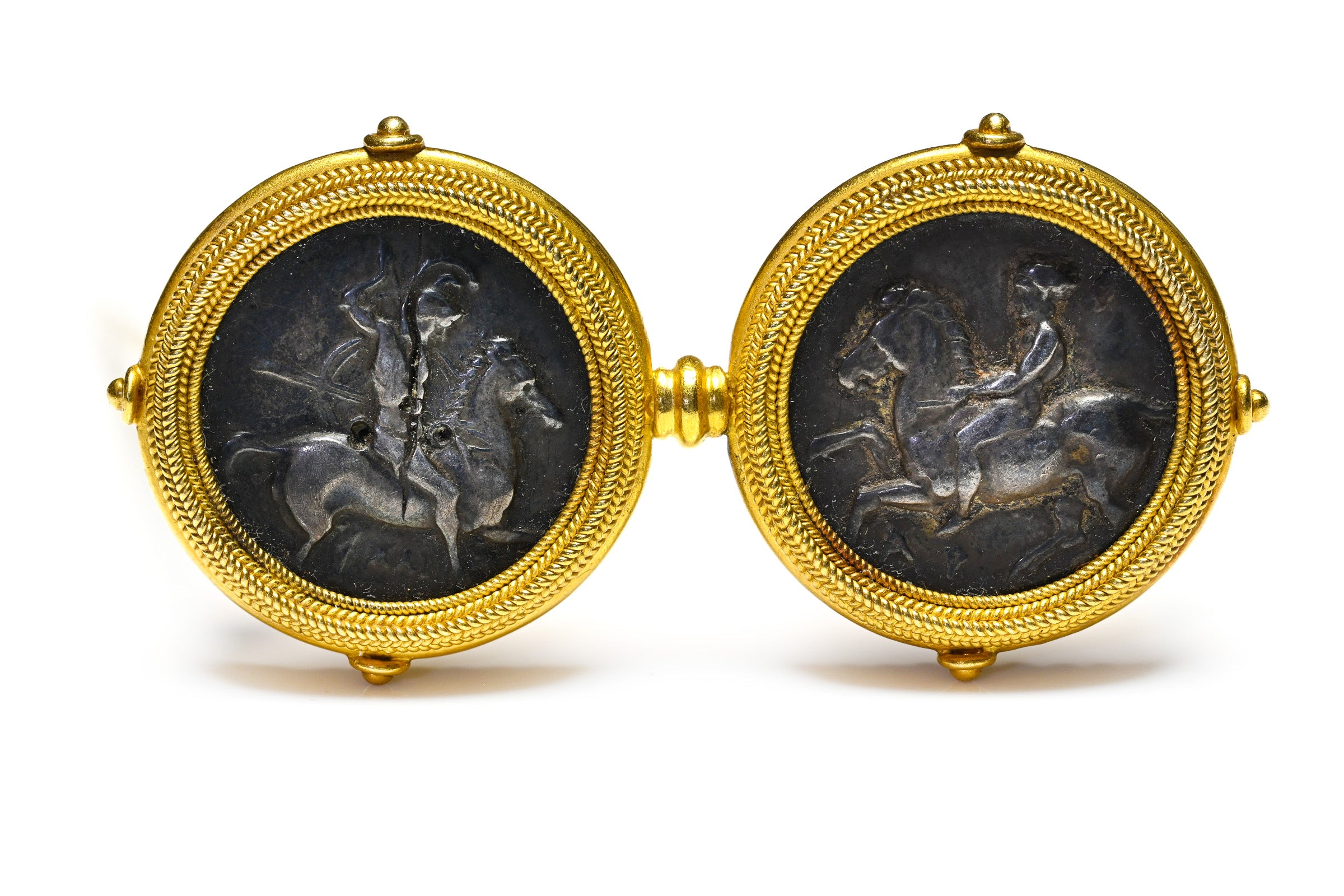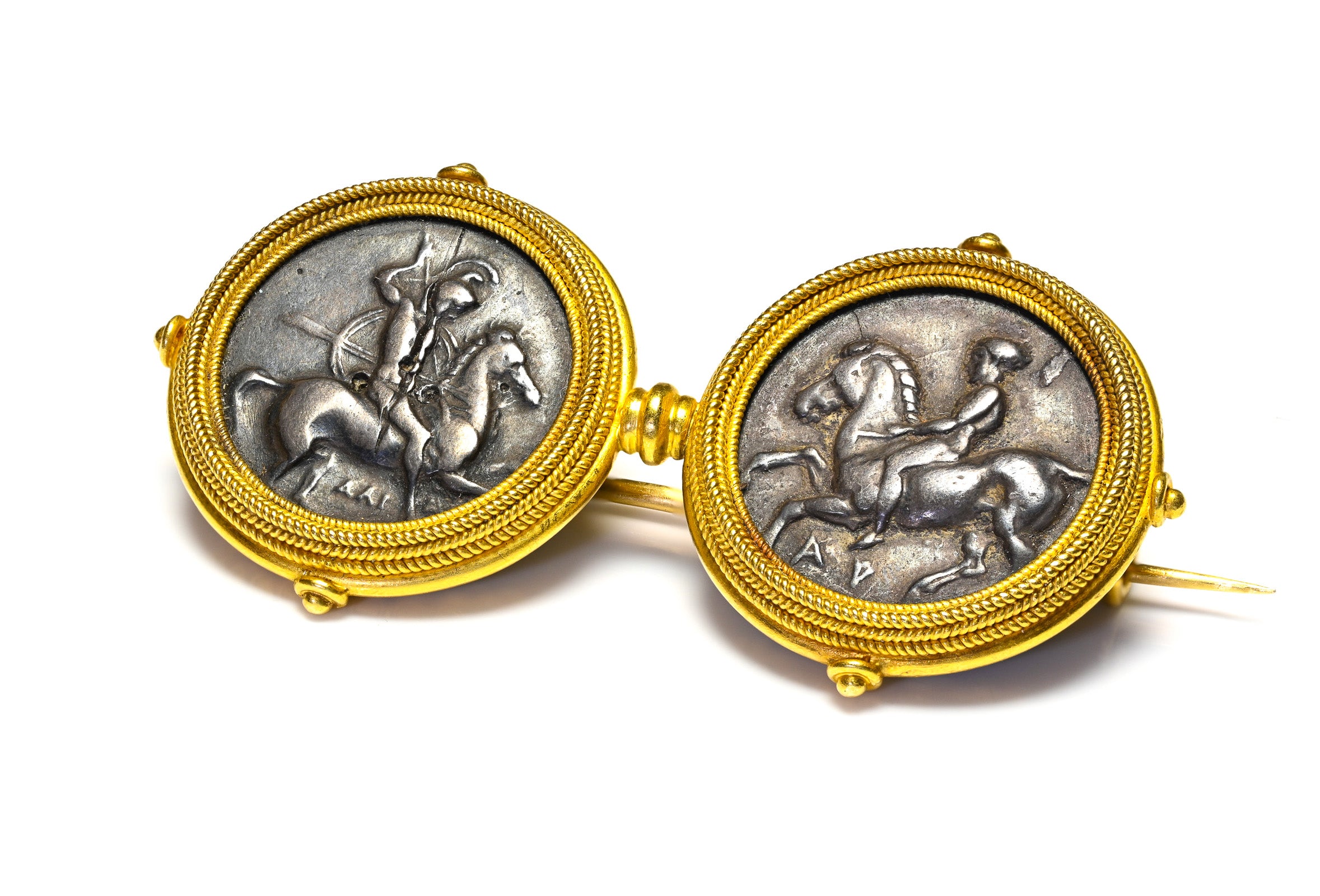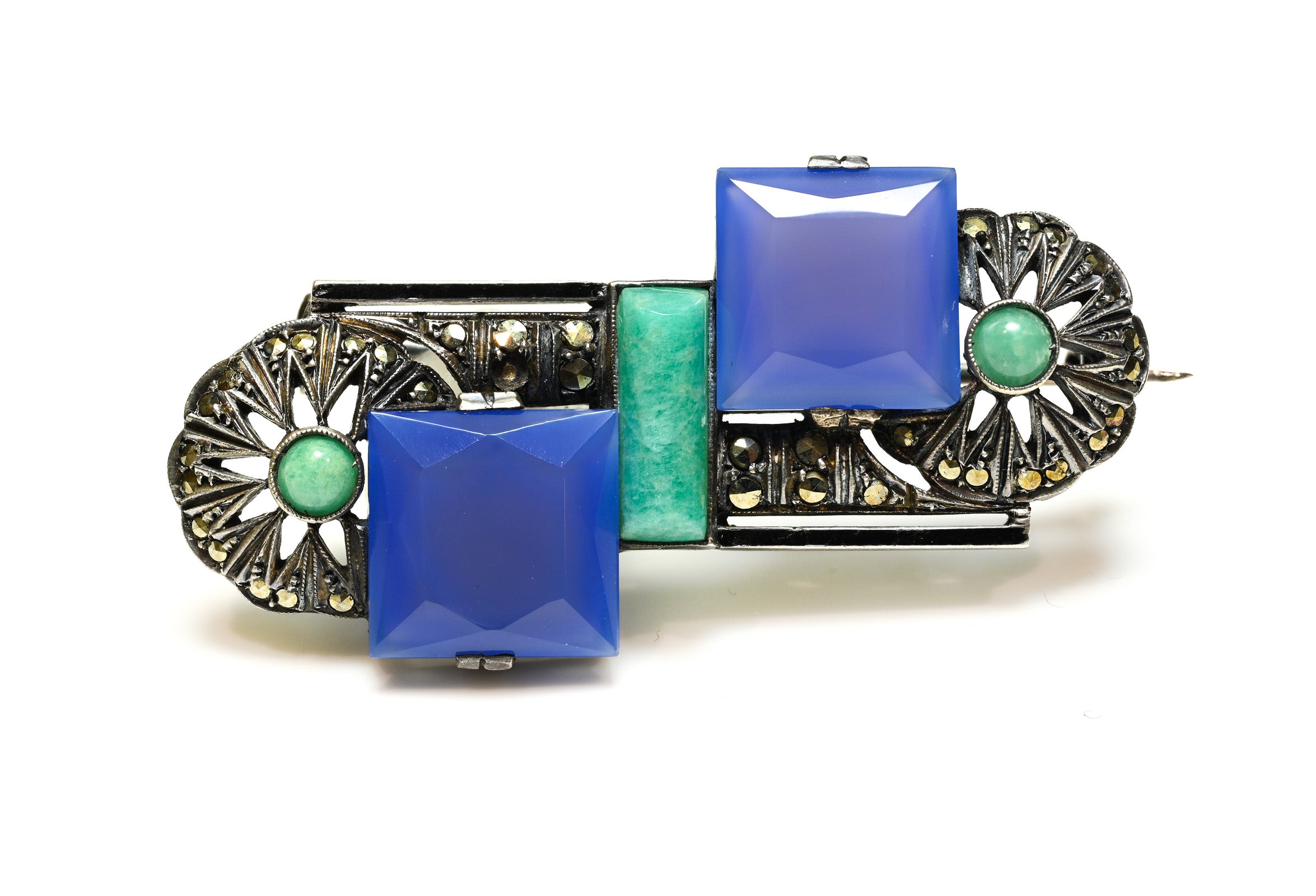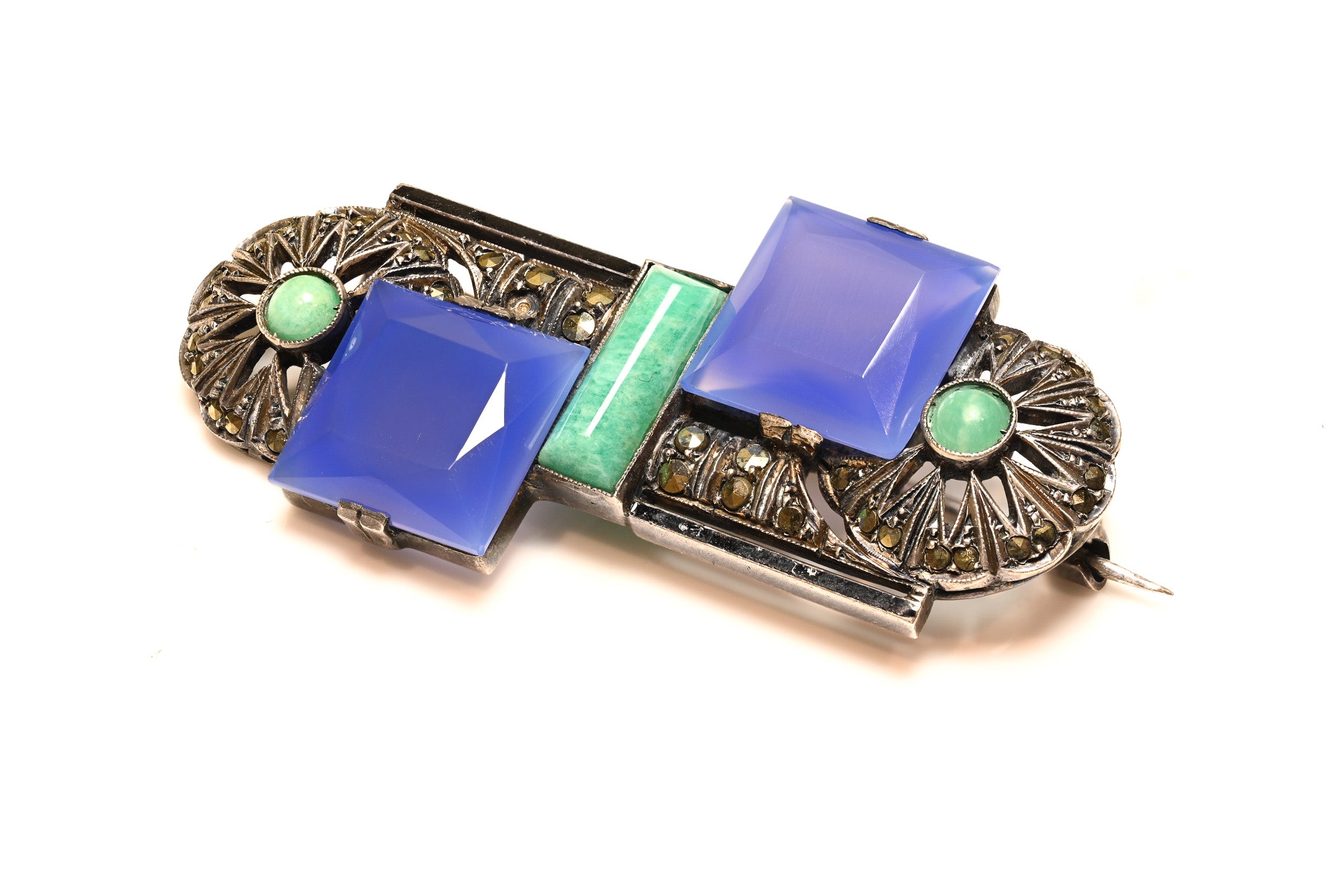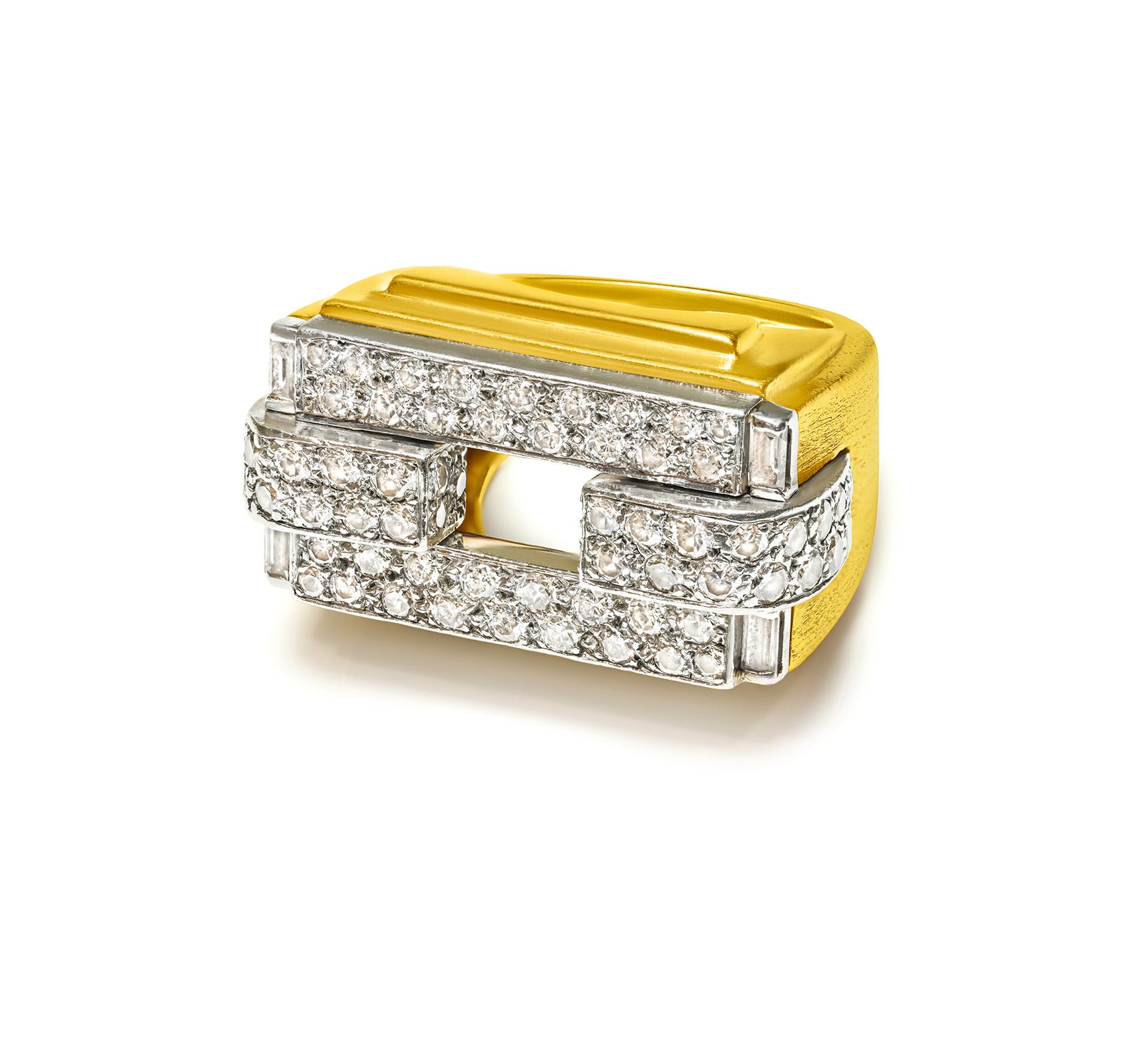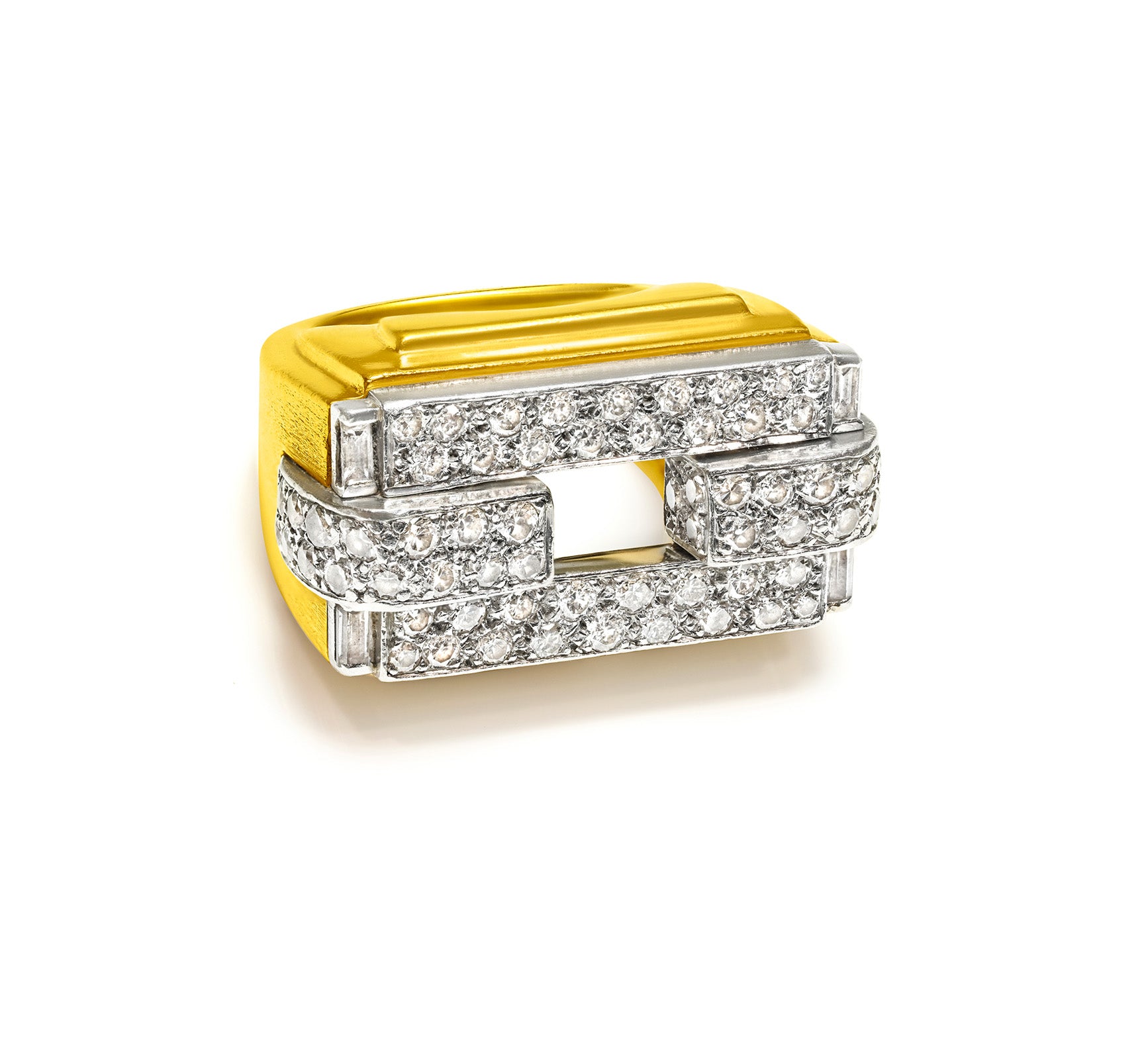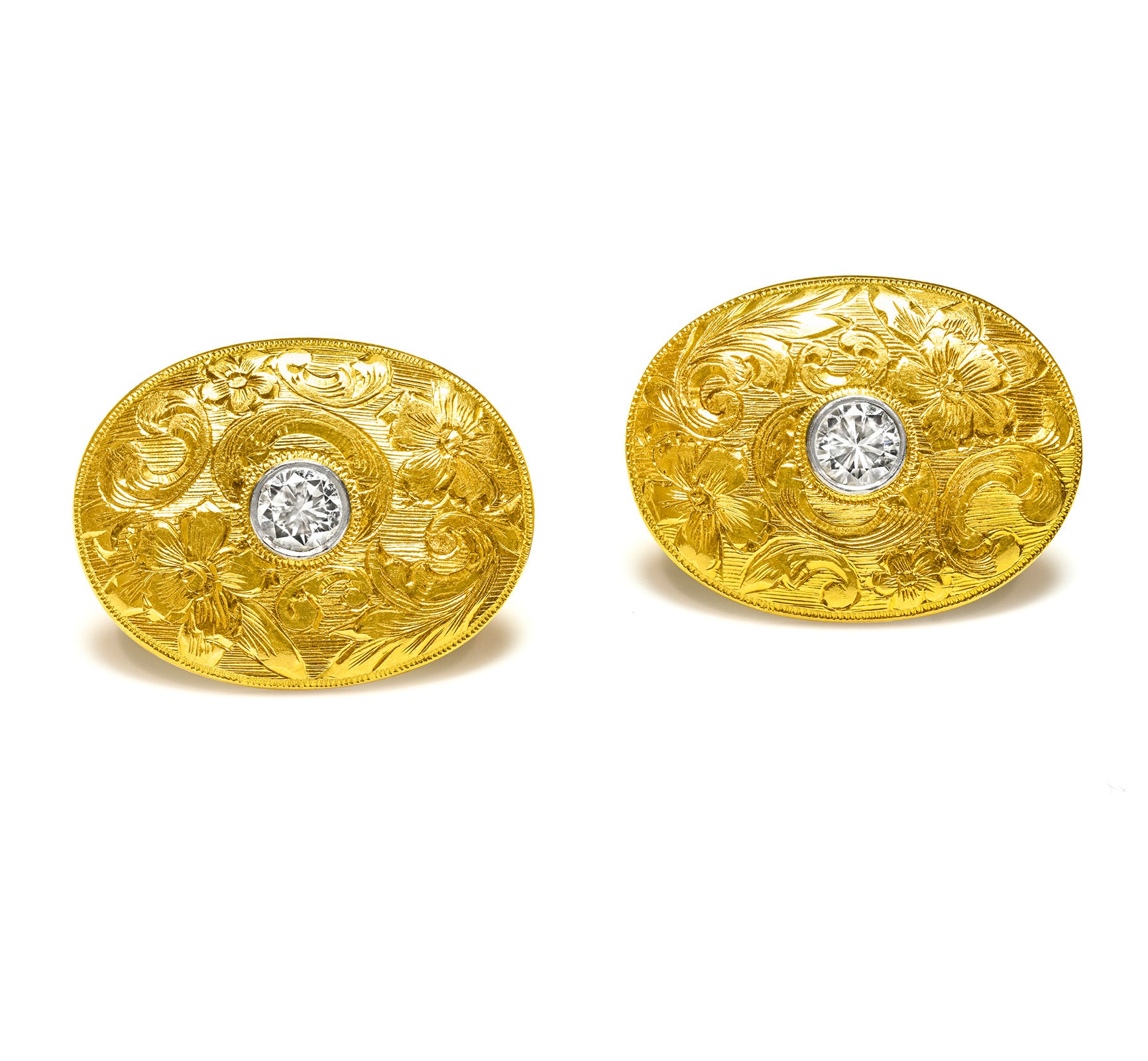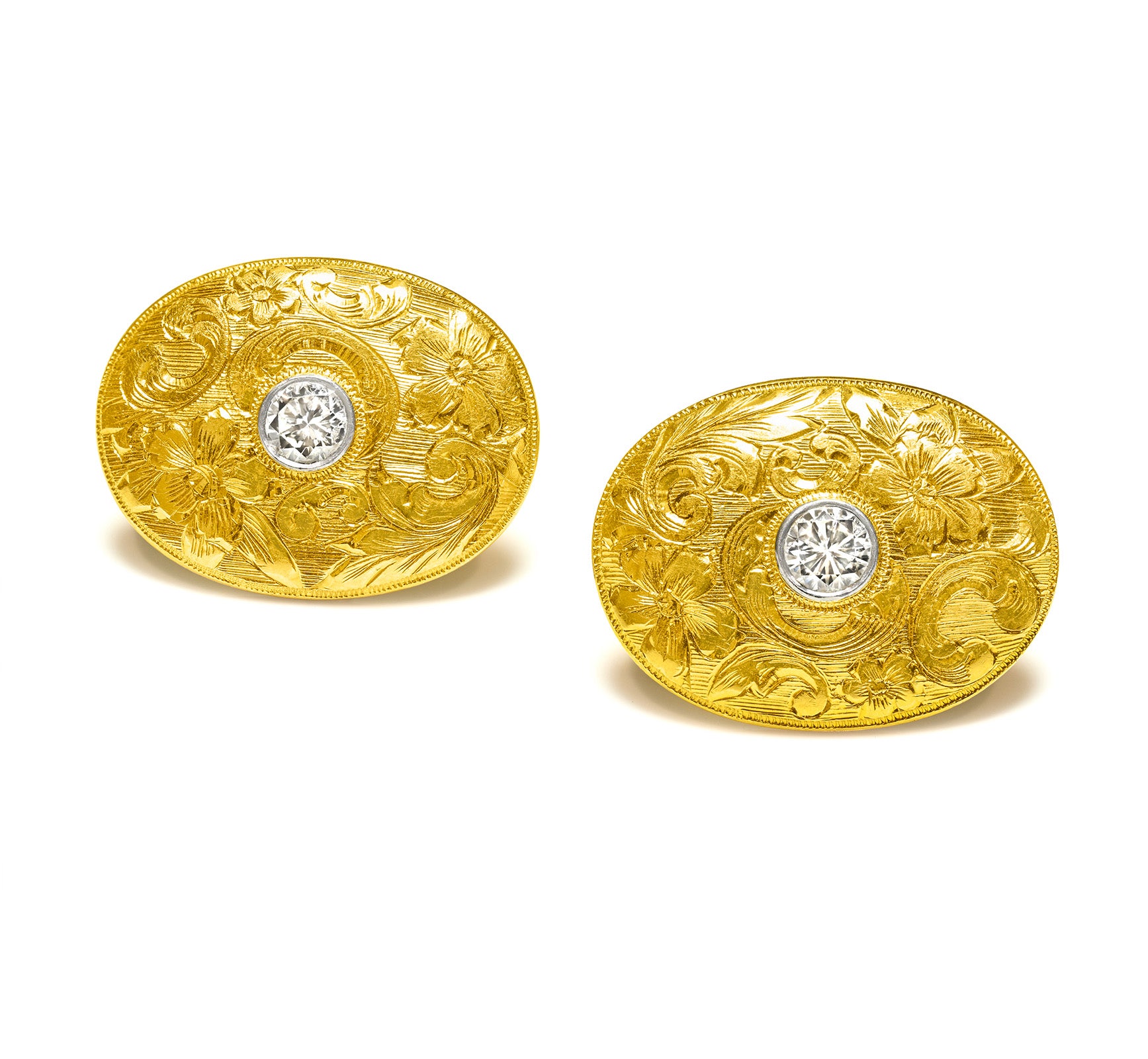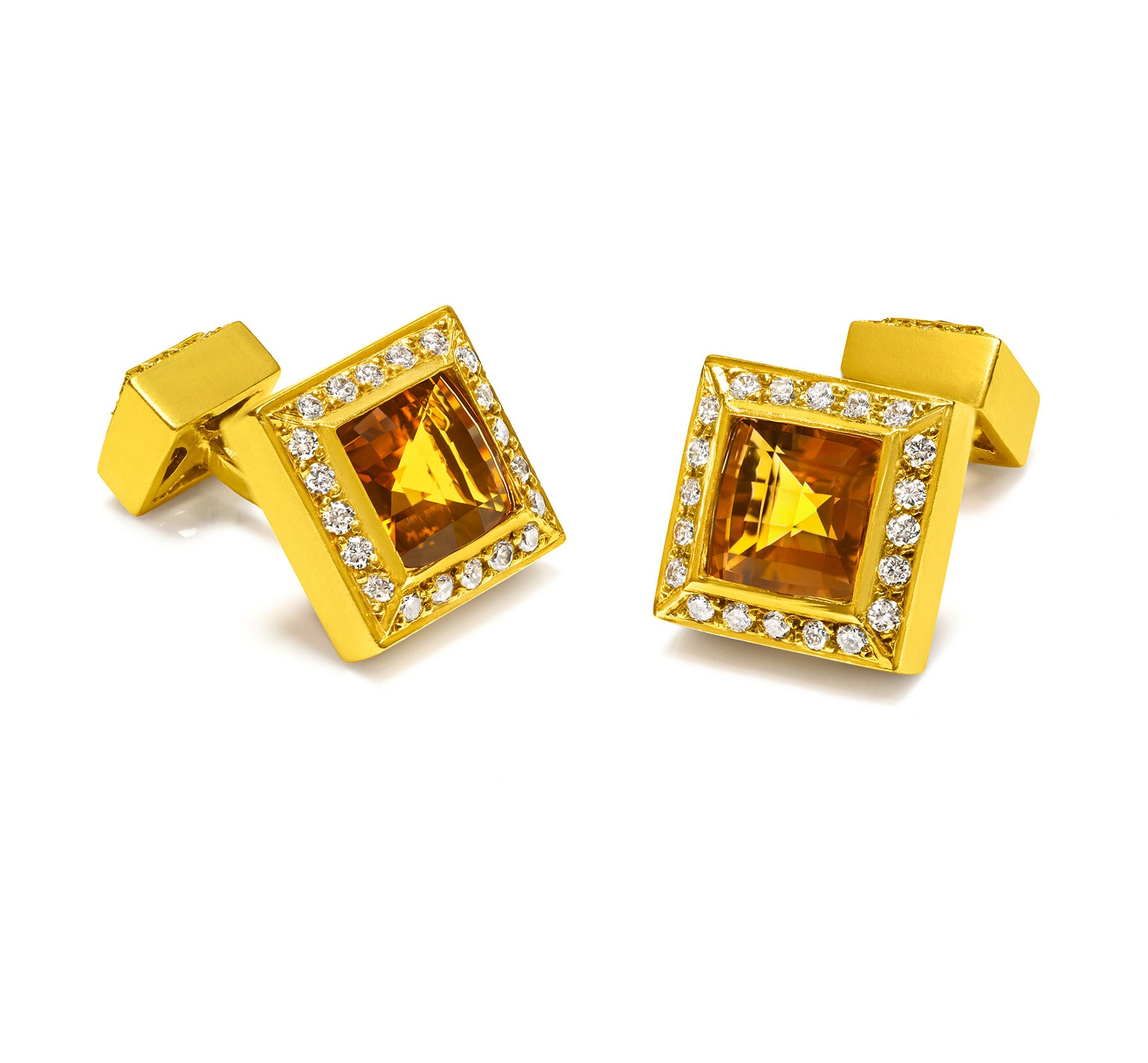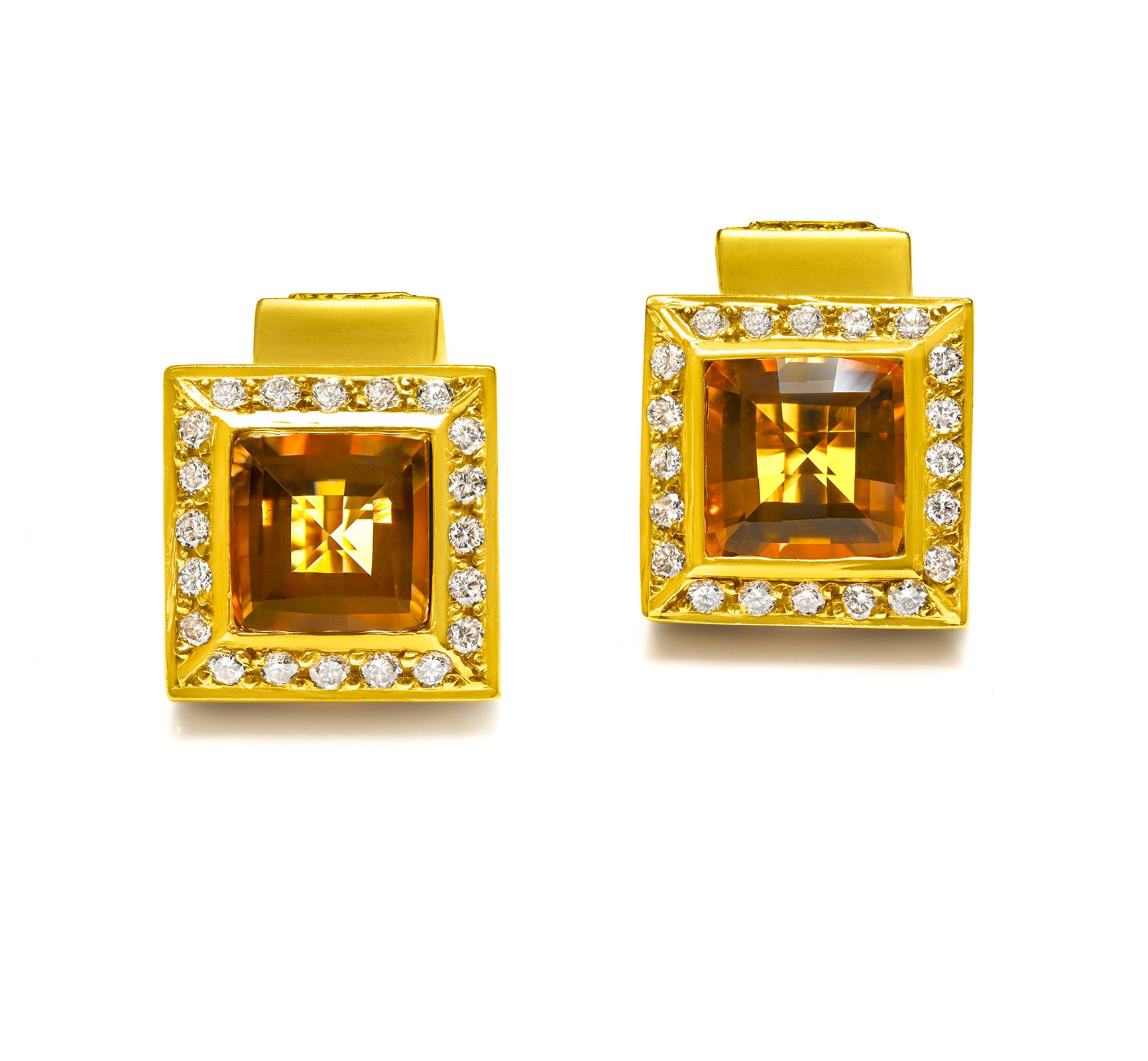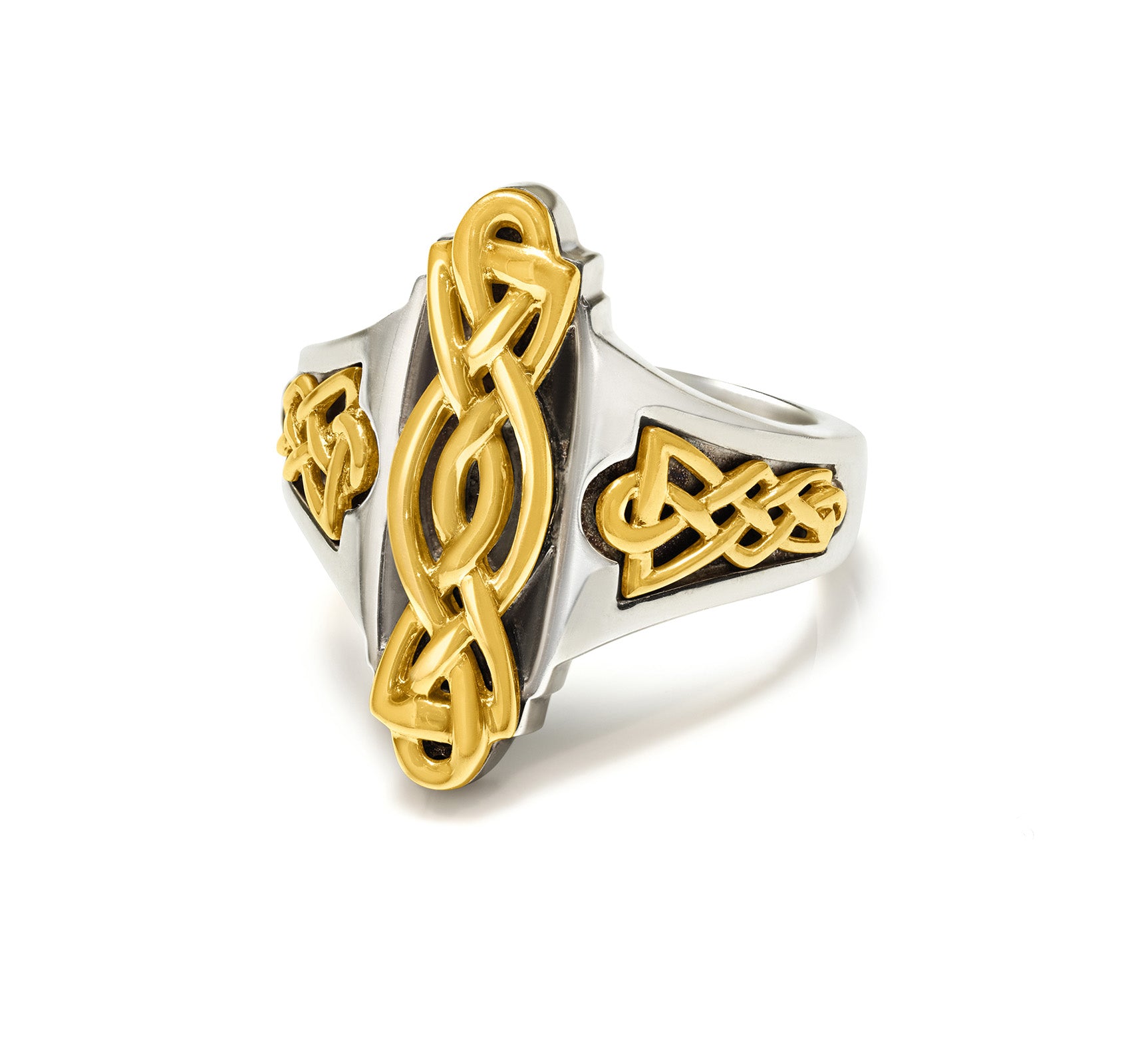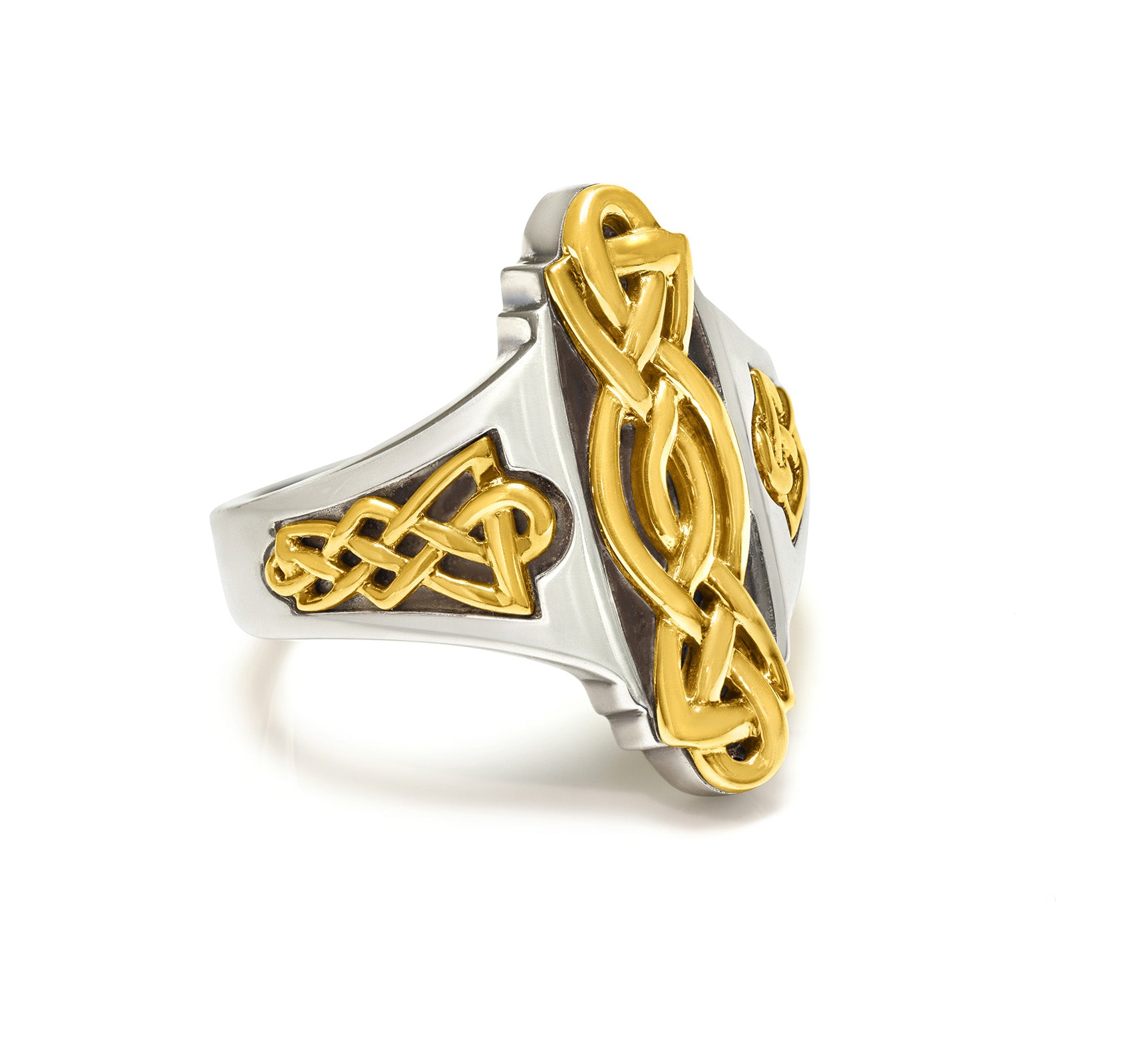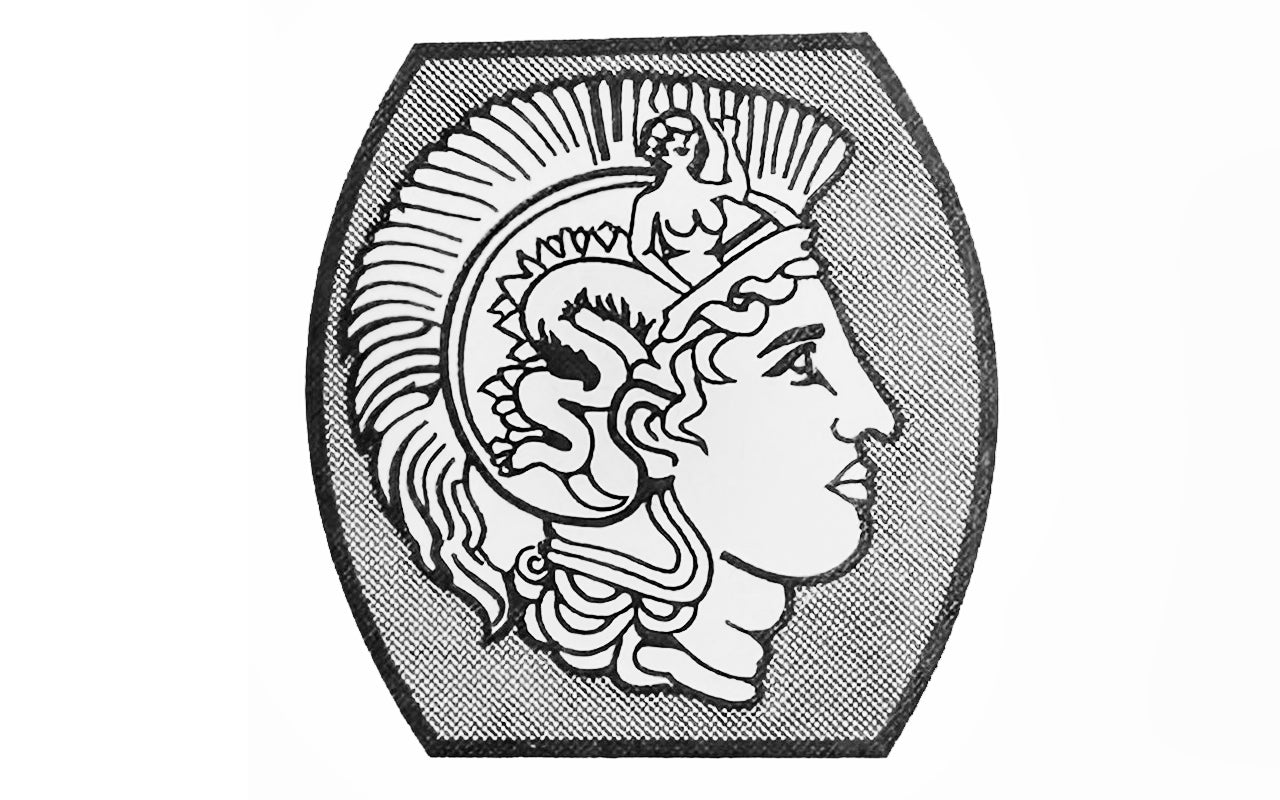
French Jewelry Hallmarks Decoded: A Collector’s Guide
What Are French Jewelry Hallmarks?
French jewelry has always stood out for its artistry, refinement, and attention to detail. Yet beyond its aesthetic beauty lies another layer of excellence: a hallmarking system that is among the most rigorous in the world. These tiny stamps, punched discreetly onto gold and silver, guarantee purity, authenticity, and traceability. They also serve as a cultural record, linking each jewel to centuries of French craftsmanship and regulation.
Unlike many other countries, France developed a hallmarking system that regulates both gold and silver under a unified structure. Whether you’re looking at an eagle’s head on 18K gold or a Minerva head on sterling silver, the meaning is clear: the jewel has been tested, verified, and approved by an official assay office. Alongside these national symbols is the unique lozenge-shaped maker’s mark, which identifies the workshop or artisan. Together, these marks transform jewelry into a storybook of history, purity, and artistry.
At DSF Antique Jewelry, we carefully study and verify these hallmarks, ensuring that every French piece we offer is authentic and of the highest standard.
1. A Shared History of Gold and Silver Hallmarking
Hallmarking in France began in the medieval period, when guilds of goldsmiths and silversmiths oversaw standards of quality. Early marks were inconsistent, with each region developing its own system. The French Revolution brought reforms: in 1797, a rooster hallmark was introduced for both gold and silver, symbolizing liberty and republican values.
The major reform of 1838 established the framework still used today. Both gold and silver were brought under strict national standards, regulated by assay offices across France. From this point on, French hallmarks became instantly recognizable and remain highly trusted by collectors worldwide.
2. National Hallmarks for Gold and Silver
France’s hallmarking system applies parallel logic to both metals: each has a national symbol that certifies purity, backed by government assay offices.
Gold Hallmarks
-
18K Gold – Eagle’s Head (1838–present): The most common hallmark, signifying high-purity gold.
-
14K Gold – Shell (1919–present): Introduced after World War I to meet international demand for lower-karat jewelry.
-
9K Gold – Trefoil (20th century): Rarely used in France, typically for export markets.
The eagle’s head is the hallmark most often encountered on antique French gold jewelry—tiny, discreet, yet decisive in confirming authenticity.


Silver Hallmarks
-
950 Silver – Minerva’s Head, 1st Titre (1838–present): Indicates sterling silver of the highest French standard.
-
800 Silver – Minerva’s Head, 2nd Titre (1838–present): Slightly lower purity, but still regulated.
-
Imported Silver – Boar’s Head (1838–present, Paris only): Mark used on foreign silver pieces.
-
800/900 Silver – Crab (1838–present, regional offices): General silver hallmark outside Paris.
Here, the Minerva head plays the same role for silver that the eagle plays for gold: a guarantee of government-verified quality.
3. The Maker’s Mark: The Lozenge That Unites Them
Both gold and silver are also required to bear a maker’s mark in the form of a lozenge (diamond-shaped cartouche). This unique system is one of France’s greatest contributions to jewelry regulation.
Each lozenge contains:
-
Two initials, representing the maker.
-
A small symbol, used to differentiate artisans with similar initials.
This makes every jewel traceable to its workshop, whether it was a Parisian maison like Cartier, Boucheron, or Lalique, or a provincial artisan. The lozenge is applied alongside the eagle or Minerva, creating a dual layer of authenticity: one from the state, one from the maker.
For collectors, identifying a lozenge can transform a piece’s significance. What looks like a simple Art Nouveau brooch may, once the lozenge is deciphered, be revealed as a creation of René Lalique—instantly elevating its historical and financial value.

4. Regional Assay Offices
Although the marks themselves are national, they were applied by assay offices across France. Paris was the most important, but other centers such as Lyon, Bordeaux, and Marseille also stamped jewels. Subtle differences in the punches—size, sharpness, or angle—sometimes allow experts to determine not just purity, but origin.
Both gold and silver were subject to this decentralized control, ensuring that no matter where a jewel was made, it adhered to the same strict national standards.
5. Identifying Hallmarks in Practice
Spotting French hallmarks requires patience and a keen eye. These marks are deliberately small, meant to certify quality without disturbing design.
Common Placement
-
Gold rings: Inner band, near the maker’s mark.
-
Gold bracelets/necklaces: Clasp or connecting loop.
-
Silver brooches: Behind the pin mechanism.
-
Silver flatware/jewelry: On the reverse side or near the edge.
Tools for Collectors
-
10x loupe: The basic tool for hallmark reading.
-
Angled lighting: Makes shallow stamps visible.
-
Macro photography: Allows close study and comparison with reference charts.
Both gold and silver hallmarks follow these placement rules, making it possible to develop a trained eye across both metals.

6. Common Misunderstandings
Because gold and silver use similar systems, confusion often arises:
-
The eagle’s head is national, not Paris-specific. It is used across France for 18K gold.
-
The Minerva head does not guarantee Paris origin. Regional offices also used it.
-
The lozenge is not a government hallmark. It is the maker’s personal mark, required on both gold and silver.
-
The crab can be mistaken for Italian marks. France and Italy both use crab symbols, but with different meanings.
For collectors, recognizing these distinctions avoids costly mistakes.
7. Case Studies: Gold and Silver Together
Gold Example: Eagle’s Head Bracelet
A 19th-century bracelet bearing the eagle’s head confirmed its 18K purity. Though the jewel showed signs of wear, the hallmark assured collectors of its quality, boosting its value significantly.
Silver Example: Minerva Art Nouveau Brooch
A silver brooch with Minerva’s head and a lozenge was traced back to a Parisian silversmith active around 1900. The combination of purity mark and maker’s mark authenticated it as a true Art Nouveau piece.
Together, these examples show how both gold and silver hallmarks work in tandem with lozenges to safeguard authenticity and reveal provenance.
8. French Hallmarks as Investment Tools
French hallmarks provide collectors and investors with something rare in the jewelry world: certainty. Whether on gold or silver, these marks prove that a piece was tested, verified, and registered. For investors, this reduces risk and increases long-term value.
-
Gold hallmarks guarantee purity, ensuring the jewel’s intrinsic worth.
-
Silver hallmarks establish high standards, often exceeding those of other countries.
-
Maker’s lozenges add provenance, linking a piece to a prestigious house or artisan.
At DSF Antique Jewelry, our curated French collection includes hallmarked jewelry across both metals—Art Nouveau brooches, Belle Époque necklaces, and mid-century rings—all carefully examined to ensure authenticity.

9. FAQ: French Gold & Silver Hallmarks
When did France standardize hallmarking?
In 1838, creating the eagle for gold and Minerva for silver.
What is the most common hallmark on French jewelry?
For gold, the eagle’s head (18K). For silver, the Minerva head.
What is the purpose of the lozenge mark?
To identify the maker, required on both gold and silver.
Are these hallmarks still in use?
Yes, the eagle’s head and Minerva are still applied by assay offices.
Can one jewel have both gold and silver hallmarks?
Yes. Multi-metal pieces often carry hallmarks for each component.
French hallmarks on gold and silver are not mere technicalities; they are symbols of national heritage and artistry. From the eagle’s head on a gold ring to the Minerva head on a silver brooch, each mark certifies purity and authenticity, while the lozenge connects the piece to its maker.
By understanding these hallmarks, collectors gain deeper insight into provenance and value. For investors, they provide reassurance and long-term security.
At DSF Antique Jewelry, every French piece is carefully authenticated, ensuring that each hallmark—whether on gold or silver—is genuine and meaningful.
Browse French Hallmarked Jewelry
Explore our curated collection of authentic French gold and silver jewelry, including pieces from the Art Nouveau and Belle Époque periods—all inspected for proper hallmarks.
➡ Browse French Jewelry Collection
VIEW OUR COLLECTION OF ANTIQUE & VINTAGE JEWELRY
VIEW OUR JOURNAL & NEWS
READ OUR INTERESTING FACTS ARTICLES
